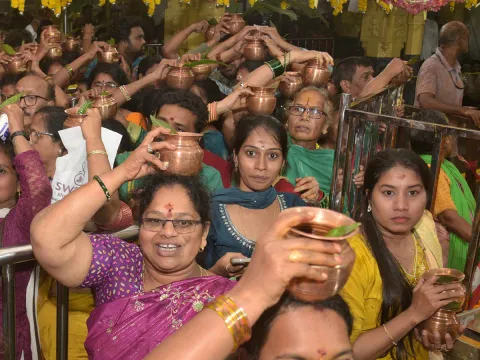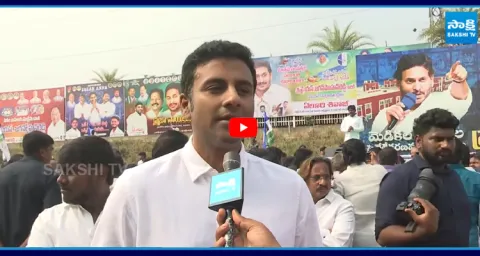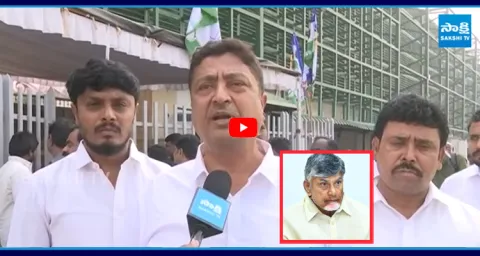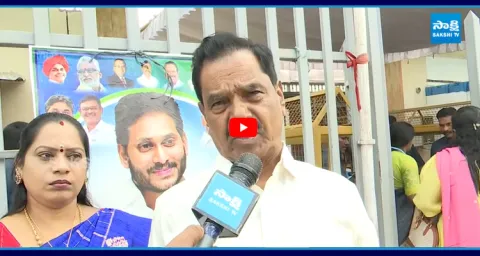Directions(Q. 1-5): These questions are based on the following information.
Directions(Q. 1-5): These questions are based on the following information. Study it carefully and answer the questions.
Seven members L, H, K, T, F, J and R represent different countries in Olympics, viz, USA, China, Korea, France, Russia, Australia and Japan; each one competes for a different sport, viz. Volleyball, Archery, Rifle Shooting, Tennis, Boxing, Athletics and Football. The order of persons, countries and games is not necess-arily the same.
K represents China for Archery. T represents USA but not for Volleyball or Rifle Shooting. The one who represents Japan competes for Boxing. F competes for Volleyball but not for Korea. L represents Australia for Athletics. The one who represents Russia competes for Tenn-is. J does not represent Korea or Japa n. R competes for Rifle Shooting.
1. Which of the following combi-nations is correct?
1) J - Tennis - France
2) R - Tennis - Russia
3) R - Tennis - France
4) J - Tennis - Russia
5) None of these
2. Who represents Japan?
1) F 2) R 3) J 4) H
5) None of these
3. F represents which country?
1) France 2) Russia
3) Japan 4) Korea
5) None of these
4. The one who competes for Rifle Shooting, represents which country?
1) France 2) Korea 3) Japan
4) USA 5) None of these
5. For which game does T compete?
1) Boxing 2) Football
3) Tennis 4) Can't be determined
5) None of these
Directions(Q. 6-10): These ques-tions are based on the following letter/number/ symbol arrangement. Study it carefully and answer the questions.
T 8 # 1 7 F J 5 % E R @ 4 D A 2
B © Q K 3 1 ? U H 6 L
6. Four of the following five are alike in a certain way on the basis of their positions in the above arrangement and so form a group. Which is the one that does not belong to the group ?
1) E@% 2) #78
3) 5EJ 4) U6? 5) QKB
7. How many such symbols are there in the above arrangem-ent, each of which is immedia-tely preceded by a consonant and not immediately followed by a vowel?
1) None 2) One
3) Two 4) Three
5) More than three
8. Which of the following is seve-nth to the right of thirteenth from the right?
1) 1 2) ? 3) F 4) 7
5) None of these
9. What will come in place of the question mark (?) in the follow-ing series based on the above arrangement?
TL8 #6I 7HF ?
1) FUJ 2) JU?
3) FU? (4) JU5
5) None of these
10. How many such vowels are there in the above arrangement each of which is immediately preceded by a symbol and immediately followed by a number?
1) None 2) One 3) Two
4) Three 5) More than three
11. How many meaningful four letter English words can be formed with the letters ITED, using each letter only once in each word?
1) None 2) One 3) Two
4) Three 5) More than three
12. How many such digits are there in the number 6 4 3 8 2 1 7 9 each of which is as far away from the beginning of the number as when the digits are arranged in ascending order within the number?
1) None 2) One
3) Two 4) Three
5) More than three
13. Among six friends L, M, N, P, Q and S, each having a different height. N is taller than Q and P but shorter than M. P is taller than only Q while S is shorter than only L. Which of the following pairs represents the tallest and the shortest among the five friends?
1) M, P 2) L, Q 3) P, Q
4) Can't be determined
5) None of these
14. If 'P' denotes 'multiplied by', 'R' denotes 'added to'. 'T' denotes 'substracted from' and 'W' denotes 'divided by' then
64 W 4 P 8 T 6 R 4 = ?
1) 96 2) 3) 130 4) 126
5) None of these
15. Four of the following five are alike in a certain way and so form a group. Which is the one that does not belong to that group?
1) Black 2) Yellow
3) Red 4) Green
5) Violet
Directions(Q. 16-20): In the following questions, the symbols $, @, # & and * are used with the following meanings as illustrated bellow:
'P $ Q' means 'P is not smaller than Q'
'P @ Q' means 'P is neither smaller than nor equal to Q'
'P # Q' means 'P is neither greater than nor equal to Q'
'P & Q' means 'P is neither greater than nor smaller than Q'
'P * Q' means 'P is not greater than Q'
16. Statements:
H @ T, T # F, F& E, E * V
Conclusions:
I. V $ F II. E @ T
III. H @ V IV. T # V
1) Only I, II and III are true
2) Only I, II and IV are true
3) Only II, III and IV are true
4) Only I, III and IV are true
5) All I, II, III and IV are true
17. Statements:
D # R, R * K, K @ F, F $ J
Conclusions:
I. J # R II. J # K
III. R # F IV. K @ D
1) Only I, II and III are true
2) Only II, III and IV are true
3) Only I, III and IV are true
4) All I, II, III and IV are true
5) None of these
18. Statements:
N & B, B $ W, W # H, H * M
Conclusions:
I. M @ W II. H @ N
III. W & N IV. W # N
1) Only I is true
2) Only III is true
3) Only IV is true
4) Only either III or IV are true
5) Only either III or IV and I are
true
19. Statements:
R * D, D $ J, J # M, M @ K
Conclusions:
I. K # J II. D @ M
III. R # M IV. D @ K
1) None is true
2) Only I is true
3) Only II is true
4) Only III is true
5) Only IV is true
20. Statements:
M $ K, K @ N, N * R, R # W
Conclusions:
I. W @ K II. M $ R
III. K @ W IV. M @ N
1) Only I and II are true
2) Only III and IV are true
3) Only III or IV are true
4) Only II, III and IV are true
5) None of these
Directions(Q. 21-25):
21. Statement: Many employees of the organization applied for special sabbatical leave of two years to pursue higher education.
Assumption:
I. The management of the organization may not grant leave to most of these employees.
II. These employees may be able to complete their education during the sabbatical leave.
22. Statement: The college admi-nistration has instructed all the students to stop using cell phones within the college premises.
Assumption:
I. The students may stop using cell phones in the college premises.
II. The students may continue to use cell phones in the college premises.
23. Statement: The Govt. has decid ed to levy congestion tax on pass engers travelling by air to and from the metro cities
Assumption:
I. The tax so collected may be adequate to meet part of the expenses for providing additional resources to handle huge traffic.
II. Passengers travelling by air to and from these cities may be able to pay extra amount by way of congestion tax.
24. Statement: The local citizens group submitted a memora-ndum to the civic authority for allowing them to convert the vacant plot in the locality into a garden at their own cost.
Assumption:
I. The local citizen group may be able to gather enough funds to develop the garden.
II. The civic authority may not accede to the request of the local citizen group
25. Statement: Most of the private companies have decided against awarding annual increase in the salaries of their employees for the previous year due to the current economic situation.
Assumption:
I. Majority of the employees may leave their job to protest against the decision.
II. These companies may announce hike in salaries next year.


















